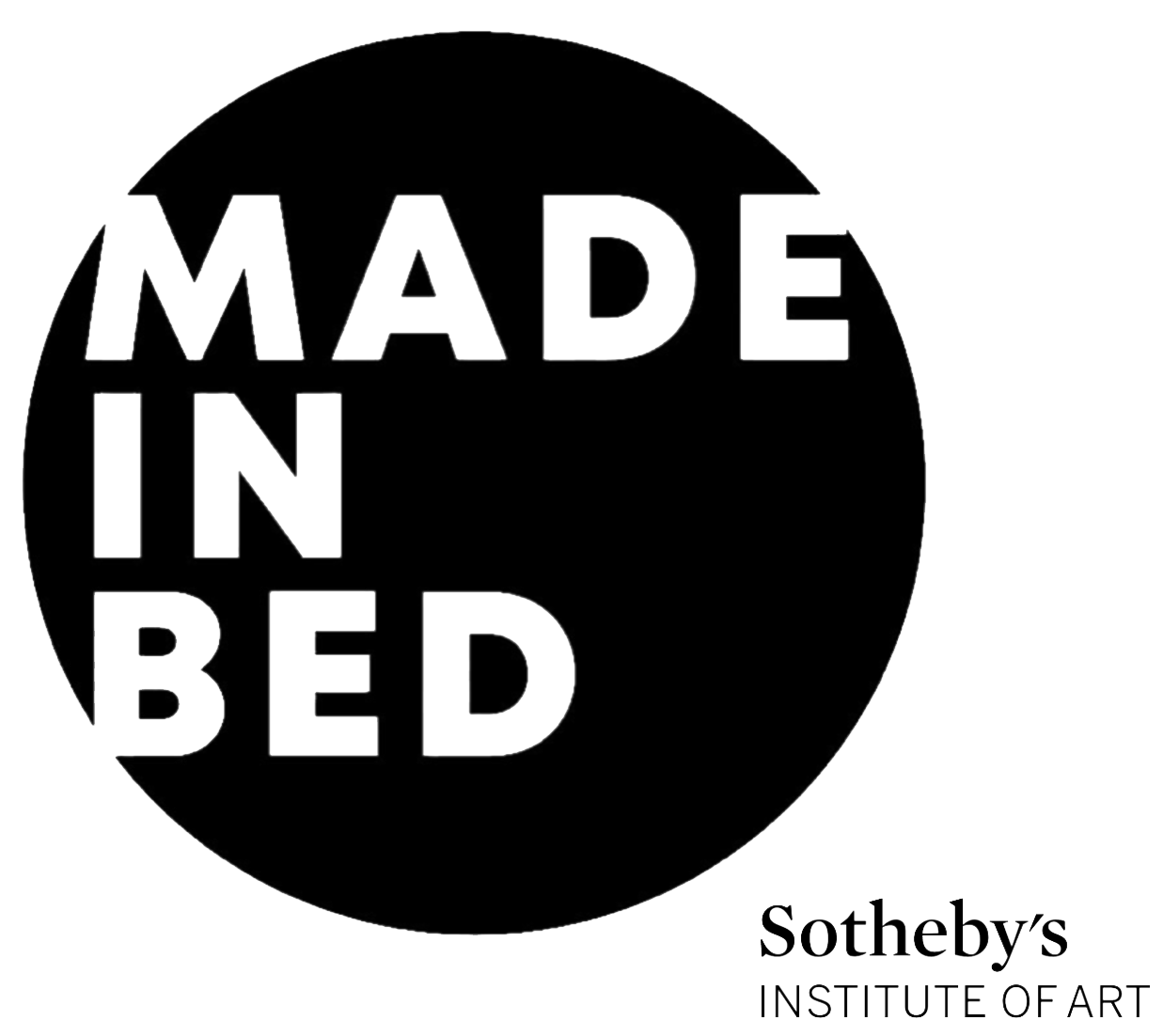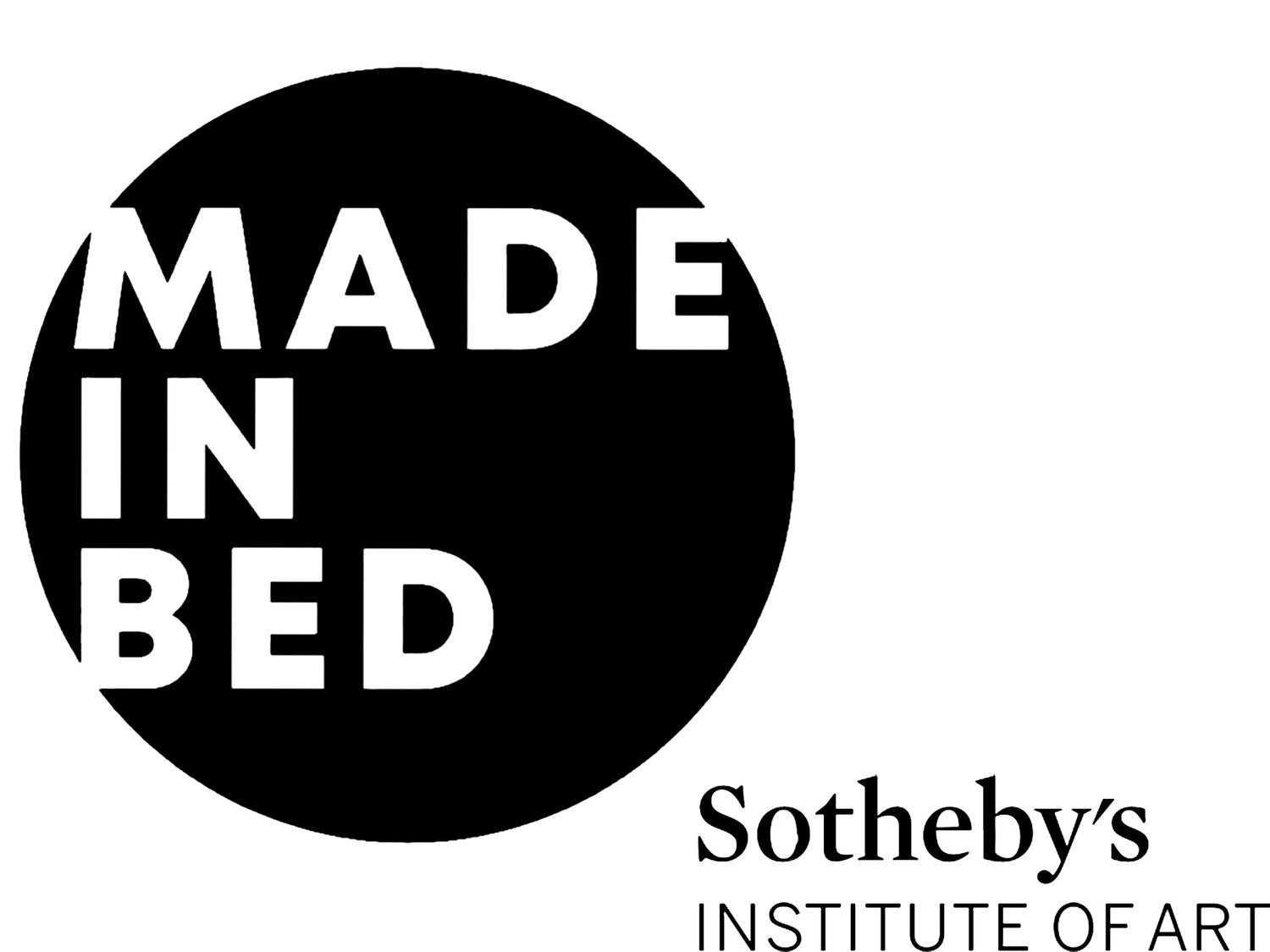Brazil's Art Market in Context: Local Strength and Global Reach
Throughout the many pages of the latest UBS Art Basel Art Market Report, Brazil is seldom referenced, but one detail stands out: over 80% of Brazilian dealers reported optimism about rising sales—more than any other country surveyed. [1] Is this optimism justified?
Though the level of confidence this figure entails might seem unexpected to some, after the performance and attention that Brazil has received at an international scale in the last year, it is not surprising. The 2024 Venice Biennale led by Brazilian curator Adriano Pedrosa—the first Latin American to take on this role—was not merely a symbolic gesture. This milestone placed Brazil at the centre of the global art conversation, making Brazilian artists present across platforms and continents. The international attention was not fleeting; it was the consequence of years of work by artists, institutions, and galleries steadily building their international presence.
SP-Arte 2025 at Pavilhão Ciccillo Matarazzo in Parque Ibirapuera. Photo Courtesy: SP-Arte.
In a moment of fragility for many established art hubs—marked by shrinking fair participation, gallery closures and collectors' fatigue—it is worth asking what we might learn by looking towards so-called ‘peripheral’ markets. Brazil, with its layered and complex history, persistent structural challenges and undeniable cultural force, offers a compelling counterpoint. At a time when many are questioning the sustainability of the global arts system, Brazil might come in as a breath of fresh air.
Brazil is the second-largest art market in Latin America, just behind Mexico. São Paulo, recognized by many as the country’s economic engine and cultural capital, dominates the scene. According to the 2024 Latitude Report, 61% of galleries are located in southeastern Brazil, and nearly half of those are in São Paulo alone. [2]
Cildo Meireles: One and Some Chairs/Camouflages, 2024, exhibition view. Ph: Édouard Fraipont. Photo courtesy: the artist and Luisa Strina.
While international recognition is key to consumer confidence when it comes to the arts, in the case of Brazil it is its internal market that truly sustains its ecosystem. According to the same Latitude Report, 86% of gallery sales in 2023 were made to domestic buyers. [2] That figure signals a collector base committed to supporting local production. Galleries thrive because collectors—whether in São Paulo, Rio de Janeiro, or Belo Horizonte—believe in the work of Brazilian artists.
Despite its high operational costs, the Brazilian market grew by 21% in 2023, even as the global market contracted by 4%. [3] Brazil’s market reached approximately USD 580 million in value—still modest compared to giants like the US, China or the UK, but representing 0.89% of the global art trade. That share has doubled over the last decade, a sign of Brazil’s steady rise. [4]
That growth happened in a context of stubbornly high taxes on cultural goods—up to 60% according to Latitude. [2] These rates, while varying dependent on category and import route, remain one of the biggest obstacles for international sales and institutional loans. In this environment, maintaining momentum is not just impressive; it is a sign of structural resilience.
Notably, the Latitude Report itself is a sign of Brazil’s own self-awareness and proactivity, acknowledging structural barriers that have long limited the possibilities of the growth of this giant. Galleries appear to be responding with strategic shifts: expanding internationally, investing in young and diverse artists, and adjusting their business models to better suit the realities they face.
Nara Roesler at SP-Arte 2025. Photo courtesy: SP-Arte.
Brazilian galleries are no longer occasional presences at international fairs—they are foundational. Nara Roesler, Luisa Strina, and Baró Galeria have been consistent participants at fairs like Art Basel, Frieze, TEFAF and ARCO Madrid, not just showcasing Brazilian artists but shaping broader conversations about art in Latin America and the world. Mendes Wood DM and Fortes D’Aloia & Gabriel are equally central, and solid examples of international branches and strategic positioning beyond Brazil’s borders being crucial in counteracting the local limitations to business.
Artists like Beatriz Milhazes and Adriana Varejão—also represented by mega galleries like Pace, White Cube and Gagosian—feature regularly in global institutional programs. Varejão´s recent exhibition Between Your Teeth at Lisbon’s Gulbenkian Foundation, curated alongside works by Paula Rego, exemplified the kind of transnational dialogue many Brazilian artists are now actively engaged in.
Rubem Valentim at Almeida & Dale, SP-Arte 2025. Photo courtesy: SP-Arte.
At the same time, exhibitions such as Brasil! Brasil! at the Royal Academy of Arts in London and dedicated solo shows like Waldemar Cordeiro at The Mayor Gallery, or Lygia Clark at Whitechapel, reinforced the historical and contemporary contributions of Brazilian artists across the 20th and 21st centuries. [5][6] Even the inclusion of artists in commercial gallery shows is notable, the inclusion of Amadeo Luciano Lorenzato, Heitor dos Prazeres, Chico da Silva and Rubem Valentim in Autodidact at Almine Rech in early 2025, demonstrates a curatorial interest in Brazil’s scene. [7]
Later this year, the 36th edition of the Bienal de São Paulo will be taking place at Pavilhão Ciccillo Matarazzo in Parque Ibirapuera. It is the second-oldest biennial in the world after Venice, and one with a long history of international ambition. Earlier editions included canonical moments like the display of Picasso’s Guernica in 1953 and the Marcel Duchamp retrospective of 1987.
Lygia Clark at ARCO Madrid 2025. Photo courtesy: Baró Galeria.
Although the Bienal is not a marketplace, it has always been part of the art economy; it even shares the same venue as the well-recognised art fair SP-Arte. Known for being the biggest of its kind in Latin America and taking place every year in April, it recently celebrated success. [8] The Bienal itself is a magnet for curators, collectors and critics worldwide. It creates a context to elevate practices, fuel discourse and often sets the tone for future gallery shows and acquisitions by major institutions. For younger Brazilian artists, being in the Bienal can transform their career. For the art world, it is a barometer of where the Brazilian art scene stands. For the market it is a seal of approval that any serious collector would want in a new acquisition.
It is not only Brazilian galleries and artists that are gaining ground internationally, so too are collectors themselves. In April 2025, Sotheby’s Paris held a notable single-owner sale of works from the estate of Niomar Moniz Sodré Bittencourt, a prominent Brazilian journalist and patron. The collection included Modern European masters and Brazilian figures alike, offering a glimpse into a generation of collectors with deep cultural commitment. [9]
Brazilian collectors are not just consumers. They are art market trendsetters. The Sotheby’s sale showed that Brazil is not just a player in the Contemporary art fairs, but also plays a role in how Modern art is circulated and valued in the secondary market.
Although there are real and substantial obstacles hindering Brazil’s growth, such as taxes on cultural goods that remain amongst the highest in the world and the tangled and complicated bureaucracy that limits the access of emerging galleries to access international circuits, there seems to be a momentum for change. The Brazilian art world is not blind to its challenges, the Latitude Report is proof of its active engagement in diagnosing, adapting and imagining new models. From expanding into secondary markets to forming international partnerships, Brazilian galleries are responding with pragmatism and ambition to the issues at hand.
Mendes Wood at Art Basel Paris 2024. Photo courtesy: Art Basel.
Brazil’s art market is complex and contradictory—strong, uneven, ambitious and grounded. But in spite of its limitations, it shows clear signs of vitality and evolution. Years of hard work are showing what can be done through optimism and commitment, time will tell the rest.
Carolina Zemma,
Contributing Writer, MADE IN BED
Footnotes
[1] UBS & Art Basel, The Art Market 2024 Report, Clare McAndrew.
[2] Latitude Project & ApexBrasil, Pesquisa Setorial 2024.
[3] The Rio Times, “Brazilian Art Market Defies Global Trends with 21% Growth,” 2024.
[4] The Brazilian Report, “Brazilian Art Exports Surge Despite Global Downturn,” 2024.
[5] Royal Academy of Arts, Brasil! Brasil! The Birth of Modernism, Exhibition Press Release, 2024.
[6] Whitechapel Gallery, Lygia Clark: The I and the You, Exhibition Guide, 2024.
[7] Artsy Editorial, “Mendes Wood DM and the Success of Friendship,” 2023.
[8]Observer, “With a Buoyant Opening, SP–Arte Showcases the Strength of a Self-Sufficient Brazilian Art Market”, 2025.
[9] Sotheby’s Paris, Sale Catalogue: Collection Niomar Moniz Sodré Bittencourt, April 2025.







